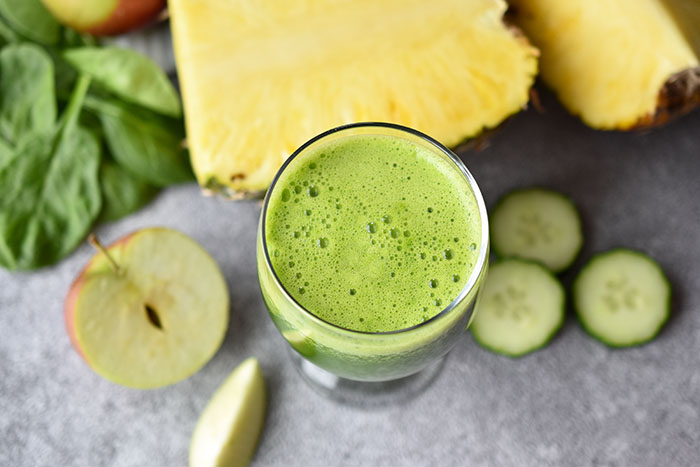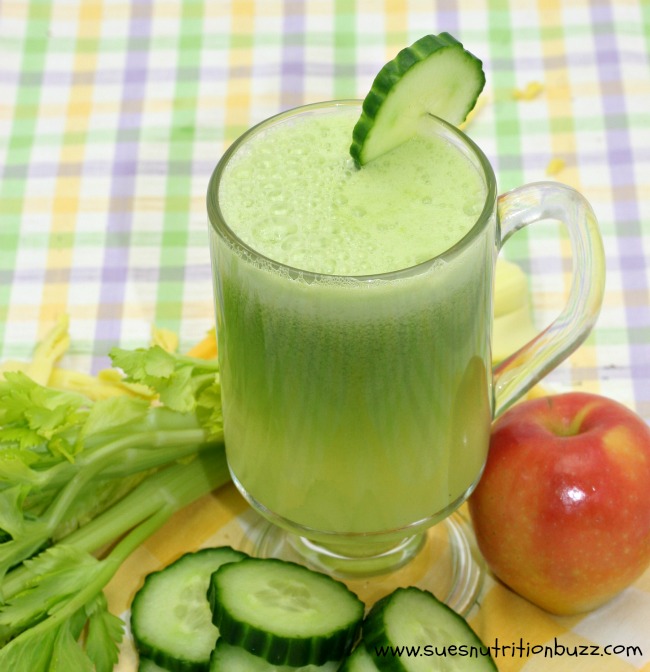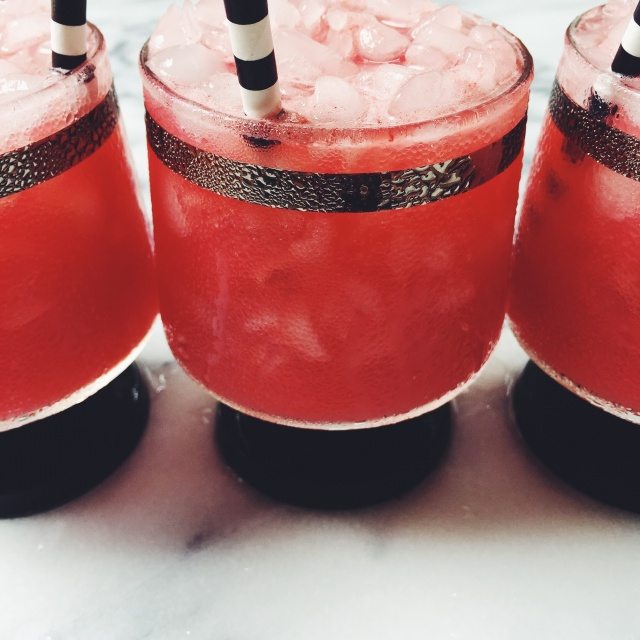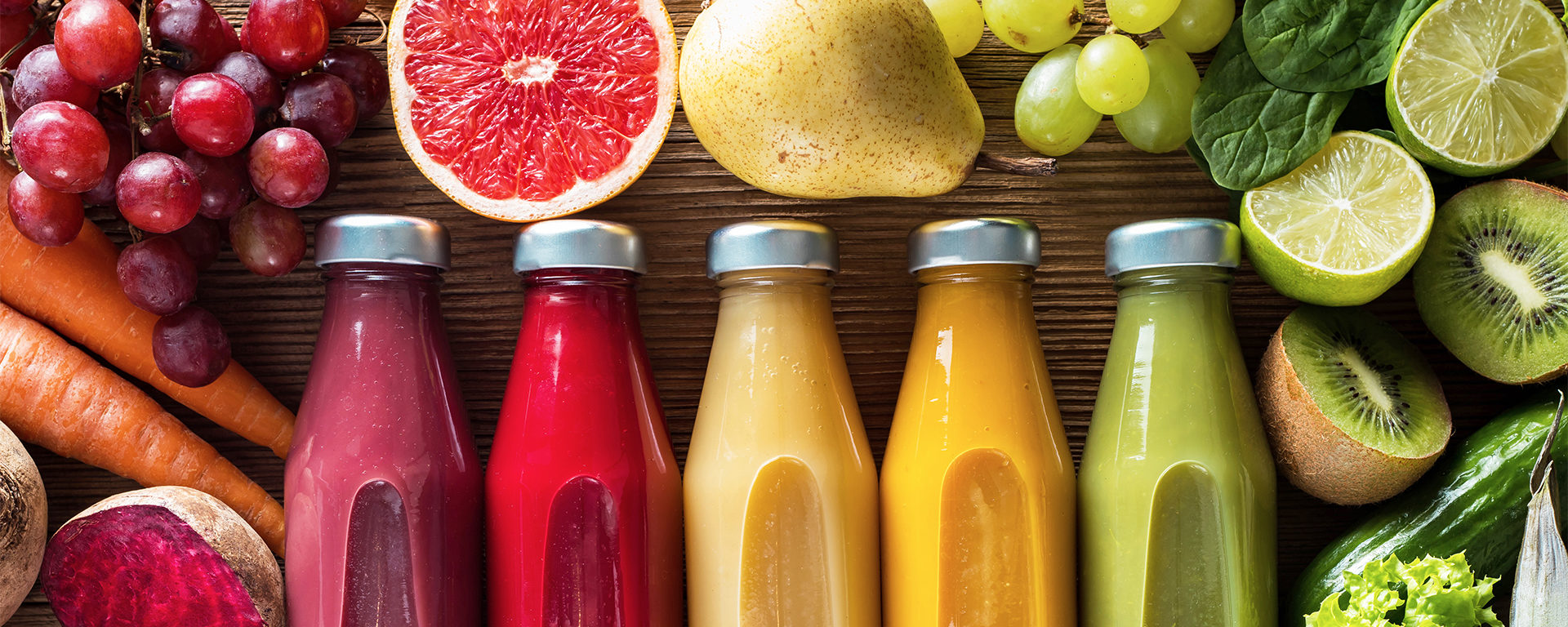Juicing is more than a fad. It’s more than a diet. It’s a lifestyle.
Many women worldwide, from teens to seniors, have discovered the amazing hobby of juicing. I call it a hobby because it takes a level of patience and hard work to juice, and one must enjoy it.
There are several steps in making your own homemade juice with a juicer.
First, you have to purchase the raw veggies and fruit. You wash them. You juice them. You save the pulp if you like (fun fact: use for oatmeal, baking, yogurt, and smoothies). You store the juice. And probably the most un-fun part is cleaning the machine—which, by the way, takes about the same amount of time as the juicing itself. Let’s walk through the steps a little more in-depth.
Plan It.
When you juice, you cannot just throw anything in the juicer and expect it to turn out well. Even if it ends up tasting good, you have a chance of it looking like dirty dish water—which is never appetizing. When in doubt, juice fruits and veggies of the same color. It will look good, and chances are it will taste great too. When you go to the grocery store, have specific items in mind to buy. And when you juice, follow a recipe until you are a “seasoned juicer”.
See below for recipes!
Prep It.
Before you juice, make sure the veggies and fruits are clean! Common practice is to put water fruits/veggies in a large pot of water with about a ½ cup of white distilled vinegar (not any more though or it will taste like vinegar), and let them soak for a few minutes. This allows any dirt, pesticides, maybe even bugs to wash off the food. Also, if you are juicing fruits/veggies with a seed (mangos, peaches, avocados), make sure to remove those first!
Juice It.
Most juicers are pretty straightforward (One of the best juicer brands has been known to be Breville). Generally, there is a tube at the top where you insert the veggies, and a knob to push them down into the grinder.
Once the veggies are in, you turn on the switch. Often there are multiple settings for the type of veggies/fruits you will juice. For softer fruit/veggies like strawberries, pineapple, watermelon, and spinach—there is a low setting. For more tough fruits/veggies like apples, oranges, carrots, and celery—there is a high setting.
Clean It.
This step differs per machine. But generally, you take apart the juicer, including the tube, the bowl, the pulp container, and the juice container, and you hand wash with soap and water. Don’t forget to wipe down the base as well! Keep it clean so you are motivated to juice again.
Now, enjoy your juicing!
Easy Juicing Recipes:
Thank you Martha Stewart for the recipe
Ingredients:
- 8 medium carrots
- 1 mango, pitted
- 1 large strip of orange peel
- 1/2 peeled navel orange

Ingredients:
- 2 handfuls baby spinach
- 1/4 of a pineapple, cored and peeled
- 1 red apple
- 1/2 English cucumber
- 1-inch knob of ginger, peeled

Ingredients:
- 1 cucumber
- 1 apple
- 2 stalks celery
- 1 Inch ginger
- 1/2 lemon
Strawberry Watermelon Lime Juice

Ingredients:
- 5 cups cubed seedless watermelon
- 1 pint fresh strawberries, hulled
- 2 limes, quartered and peeled
- lots of ice
Electronic Express
We Make Juicing Happen
